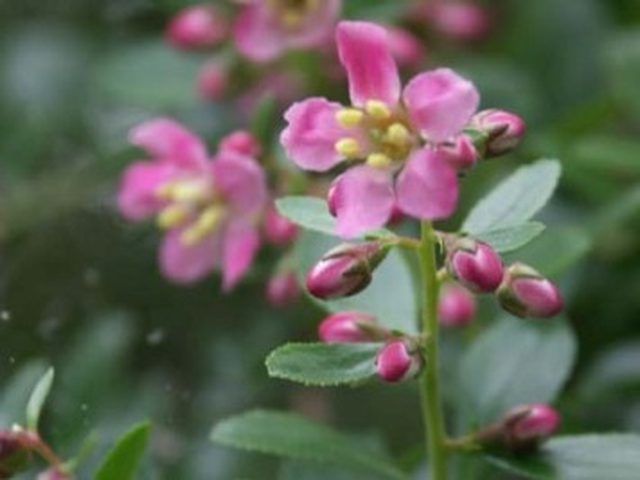Bulbs
Flower Basics
Flower Beds & Specialty Gardens
Flower Garden
Garden Furniture
Garden Gnomes
Garden Seeds
Garden Sheds
Garden Statues
Garden Tools & Supplies
Gardening Basics
Green & Organic
Groundcovers & Vines
Growing Annuals
Growing Basil
Growing Beans
Growing Berries
Growing Blueberries
Growing Cactus
Growing Corn
Growing Cotton
Growing Edibles
Growing Flowers
Growing Garlic
Growing Grapes
Growing Grass
Growing Herbs
Growing Jasmine
Growing Mint
Growing Mushrooms
Orchids
Growing Peanuts
Growing Perennials
Growing Plants
Growing Rosemary
Growing Roses
Growing Strawberries
Growing Sunflowers
Growing Thyme
Growing Tomatoes
Growing Tulips
Growing Vegetables
Herb Basics
Herb Garden
Indoor Growing
Landscaping Basics
Landscaping Patios
Landscaping Plants
Landscaping Shrubs
Landscaping Trees
Landscaping Walks & Pathways
Lawn Basics
Lawn Maintenance
Lawn Mowers
Lawn Ornaments
Lawn Planting
Lawn Tools
Outdoor Growing
Overall Landscape Planning
Pests, Weeds & Problems
Plant Basics
Rock Garden
Rose Garden
Shrubs
Soil
Specialty Gardens
Trees
Vegetable Garden
Yard Maintenance
How to Plant Escallonia
How to Plant Escallonia. Escallonia is an evergreen shrub when planted in mild zones, but a semi-evergreen elsewhere. Depending upon the varieties, it grows 6 to 10 feet tall. Its arching shoots of small, dark glossy leaves are covered with sprays of flower clusters in white, pink or red. A long-lived shrub, it is a good choice for a hedge. It is...

Escallonia is an evergreen shrub when planted in mild zones, but a semi-evergreen elsewhere. Depending upon the varieties, it grows 6 to 10 feet tall. Its arching shoots of small, dark glossy leaves are covered with sprays of flower clusters in white, pink or red. A long-lived shrub, it is a good choice for a hedge. It is hardy to USDA zones 8 and 9.
Things You'll Need
Shovel
Grit or gravel (for clay soils)
Compost or decayed manure (for sandy soils)
Escallonia plants
Mulch
Water
Bone Meal
Hedge Trimmers
Pruning shears
Select the site for the escallonia. This shrub will tolerate light shade, but flowers best in full sun. If planted in a northern garden, plant against a south-facing wall. Escallonia does well in any soil, as long as it is well drained.
Prepare the planting site. Till up the soil and remove weeds, rocks and other garden debris. Provide aeration to the heavy clay soils by working in grit or gravel. If the soil is sandy, work in generous amounts of compost or decayed manure several weeks before planting.
Plant escallonia in June to September. Dig a hole that is larger than the shrub's container. Remove the plant from the container, being careful not to damage the root ball. Place it in the hole, fill the hole half full with soil and water to settle the soil around the root ball. Finish filling the hole with soil and tamp down gently to remove air bubbles. Water again. Space escallonia 6 to 8 feet apart.
Water the escallonia daily until it is established in the garden and new growth emerges. Continue to water regularly, especially during drought, but do not over water. Help the soil retain moisture by spreading a layer of mulch under the shrub. Feed the shrub with bone meal in the spring and fall. The leaves are susceptible to silver leaf; the leaves will become ashy color and might curl. Cut these shoots back until healthy, white wood is seen at least 6 inches beyond the infection.
Watch for the escallonia to bloom beginning in June and continuing through September. After the shrub has grown one season, shorten 1/3 of the oldest stems to ground level. In northern gardens, cut back any frost damaged growth in late spring.